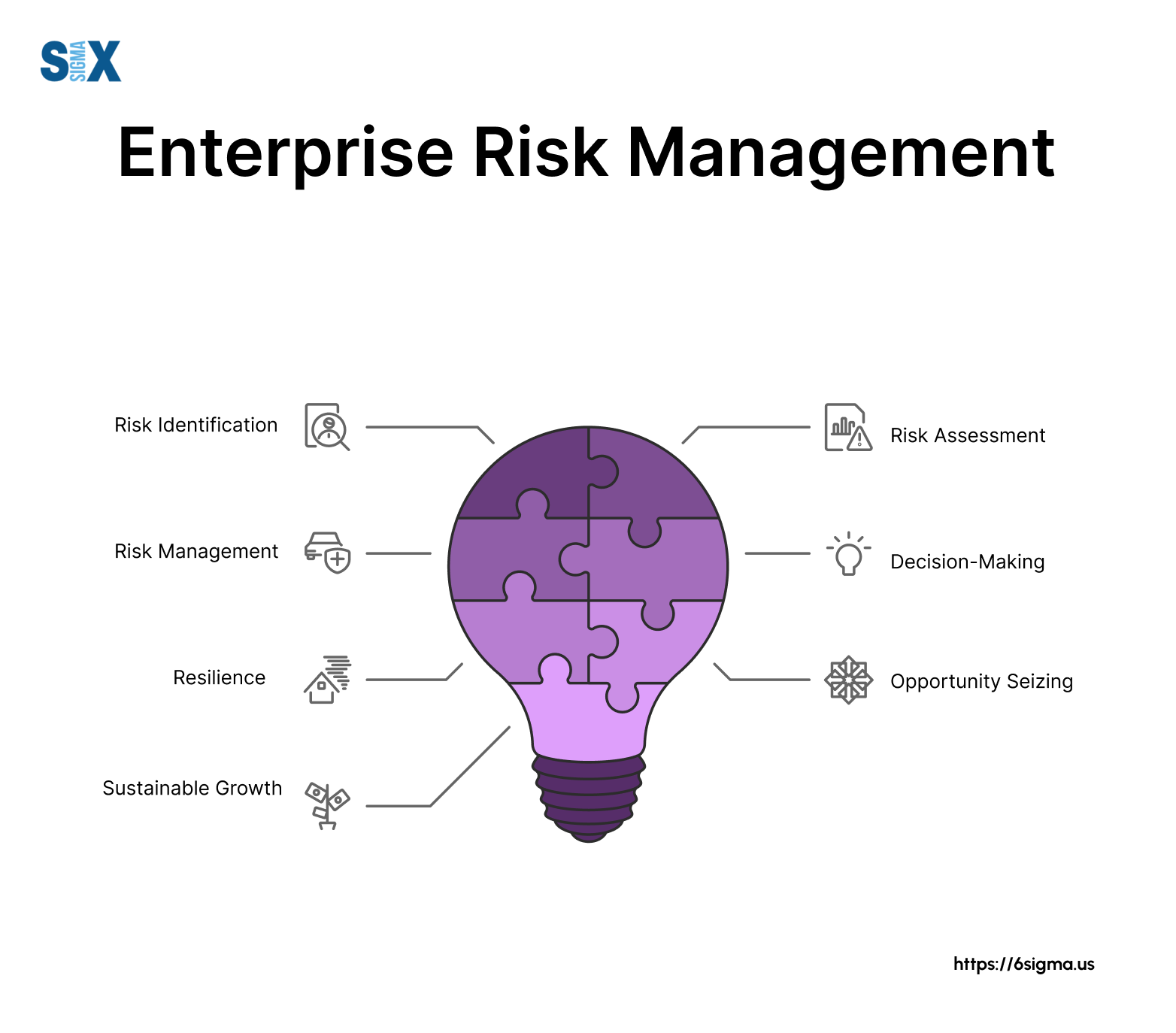The Effect of the Importance of Risk Management on Corporate Governance
The Effect of the Importance of Risk Management on Corporate Governance
Blog Article
Exploring the Relevance of Risk Management for Effective Decision-Making Strategies
In the intricate world of business, Risk Management emerges as a vital aspect in the decision-making process. The ability to determine possible threats and chances, and strategize as necessary, can lead to the difference between success and failure.
Comprehending the Idea of Risk Management
Risk Management, a critical part in decision-making, is frequently misconstrued or oversimplified. Risk Management involves structured and regimented techniques, making use of information and insightful analyses. From monetary unpredictabilities, lawful responsibilities, critical Management mistakes, to mishaps and natural catastrophes, it deals with different threats - importance of risk management.
The Role of Risk Management in Decision-Making Processes
In the world of strategic preparation and business operations, Risk Management plays an essential duty in decision-making processes. It helps in identifying prospective threats and uncertainties that can influence the accomplishment of business goals. By mapping these dangers, companies can develop techniques to mitigate their effect, making sure company continuity and stability. Risk Management hence becomes an important device in decision-making, assisting leaders to make informed selections based upon a thorough understanding of the risks involved. It motivates a positive method, allowing companies to expect and prepare for feasible future circumstances. This considerably minimizes the chance of negative repercussions, advertising more efficient and efficient decision-making approaches. Therefore, Risk Management serves as a vital component in the decision-making processes of any organization.

Just How Risk Management Improves Strategic Preparation
In the context of tactical planning, Risk Management plays a critical role. Initiating with the recognition of possible risks, it even more reaches the implementation of Risk mitigation actions. The function of Risk Management is dynamic yet not static, as it demands consistent surveillance and adjusting of strategies.
Identifying Potential Threats

Executing Risk Reduction
Risk mitigation approaches can range from Risk avoidance, Risk transfer, to take the chance of reduction. Each strategy needs to be tailored read what he said to the details Risk, considering its prospective impact and the company's Risk tolerance. Effective Risk reduction needs a deep understanding of the Risk landscape and the prospective impact of each Risk.
Surveillance and Changing Strategies
Though Risk mitigation is a crucial action in strategic planning, continuous monitoring and adjustment of these strategies is similarly important. It also offers a possibility to review the success of the Risk Management measures, permitting changes to be made where essential, more improving calculated planning. Monitoring and readjusting Risk Management techniques is an important element for improving an organization's resilience and strategic preparation.
Instance Researches: Effective Risk Management and Decision-Making
In the world of business and money, successful Risk Management and decision-making typically serve as the columns of prosperous ventures. These situations highlight the value of sharp Risk Management in decision-making procedures. These situations underscore the critical duty of Risk Management in calculated decision-making.
Tools and Strategies for Efficient Risk Management
Navigating the complex maze of Risk Management calls for the appropriate set of techniques and devices. These tools, such as Risk signs up and warmth maps, aid in determining and assessing prospective threats. Methods include both measurable methods, like level of sensitivity analysis, and qualitative approaches, such as SWOT analysis. These help in prioritizing dangers based on their potential impact and likelihood. Risk response methods, a key component of Risk Management, involve accepting, avoiding, transferring, or mitigating threats. Surveillance and managing threats, with routine audits and testimonials, ensure that the strategies stay efficient. With these useful site devices and strategies, decision-makers can browse the complex landscape of Risk Management, thereby assisting in educated and reliable decision-making.
Future Fads in Risk Management and Decision-Making Approaches
As we explore the large landscape of Risk Management, it becomes apparent that the tools and methods used today will continue to develop. Future trends direct in the direction of an increased reliance on technology, with expert system and maker understanding playing substantial duties. These modern technologies will certainly make it possible for organizations to predict potential dangers with higher precision and make even more enlightened decisions. Furthermore, there will certainly be an expanding focus on strength, not just in taking care of threats however likewise in getting better from adverse situations. Finally, the concept of Risk society, where every member of a company realizes and entailed in Risk Management, will obtain more importance. These patterns advertise a more inclusive and proactive technique towards Risk Management and decision-making.
Conclusion

Risk Management therefore ends up being an essential tool in decision-making, helping leaders to make informed options based on a detailed understanding of the dangers included. Risk mitigation strategies can range from Risk avoidance, Risk transfer, to risk decrease (importance of risk management). Reliable Risk reduction calls for a deep understanding of the Risk landscape and the potential effect of each Risk. Risk feedback techniques, an essential component of Risk Management, entail approving, avoiding, moving, or mitigating threats. The principle of Risk society, where every member of a company is mindful and included in Risk Management, will gain more prestige
Report this page